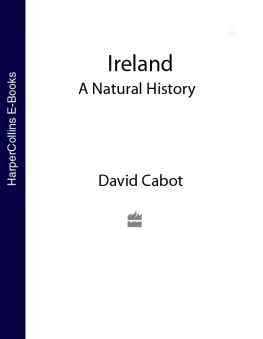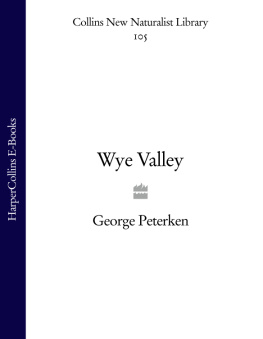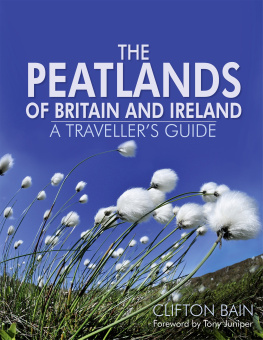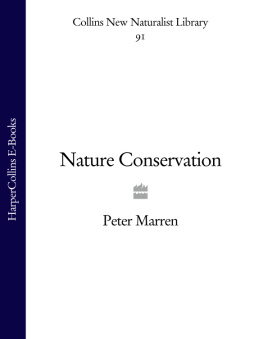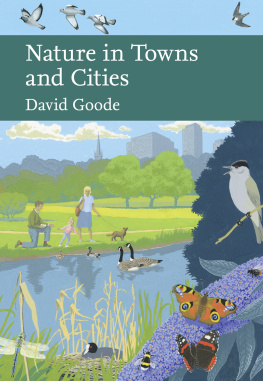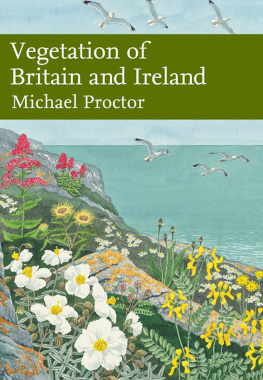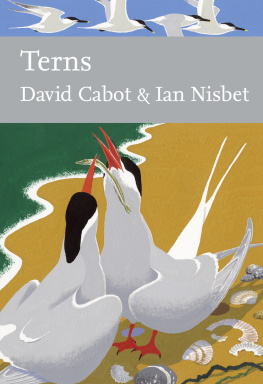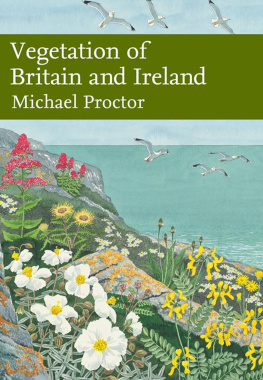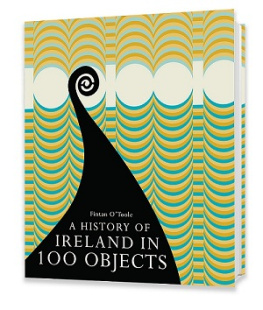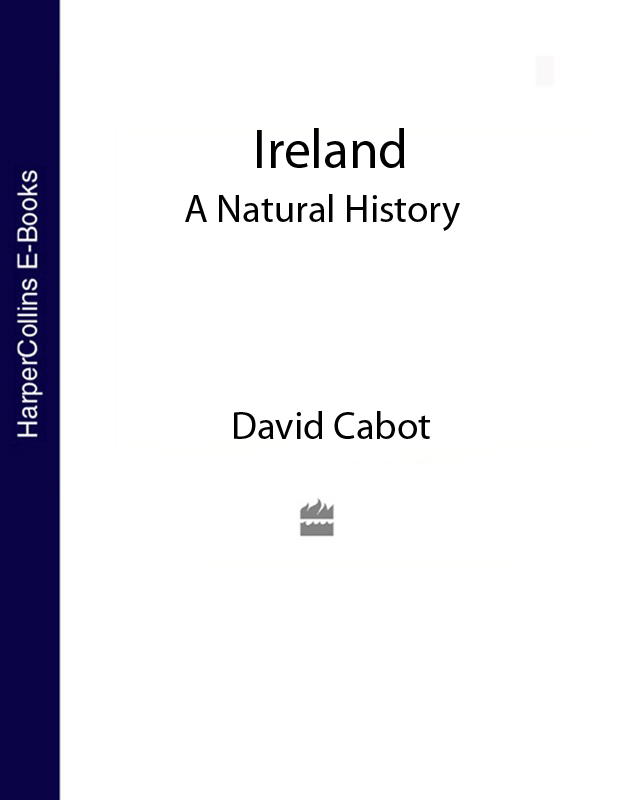
Australia
HarperCollins Publishers (Australia) Pty. Ltd.
Level 13, 201 Elizabeth Street
Sydney, NSW 2000, Australia
http://www.harpercollins.com.au
Canada
HarperCollins Canada
Bay Adelaide Centre, East Tower
22 Adelaide Street West, 41st Floor
Toronto, ON, M5H 4E3, Canada
http://www.harpercollins.ca
India
HarperCollins India
A 75, Sector 57
Noida, Uttar Pradesh 201 301, India
http://www.harpercollins.co.in
New Zealand
HarperCollins Publishers (New Zealand) Limited
P.O. Box 1
Auckland, New Zealand
http://www.harpercollins.co.nz
United Kingdom
HarperCollins Publishers Ltd.
1 London Bridge Street
London SE1 9GF
http://www.harpercollins.co.uk
United States
HarperCollins Publishers Inc.
195 Broadway
New York, NY 10007
http://www.harpercollins.com
I am indebted to many people for encouraging my early interest in natural history. Firstly my parents, Isabel and Sid, who brought me to nature in the woods and long grass of Vermont where as a family we spent several summer vacations. Later they gave me the space and support to pursue my growing interests. On moving to England in 1946, Leonard Elmhirst, one of the founders of the pioneering social experiment at Dartington Hall, South Devon, became an important mentor. Hugh Boyd, formerly of the Wildfowl and Wetlands Trust, Slimbridge, and later of the Canadian Wildlife Service, provided me with many occasions to develop my field craft, especially with waterfowl, often casting his inimitable critical eye on my work.
As a wild young thing I spent an inordinate amount of time wandering the woods and fields at Dartington Hall studying woodlarks and cirl buntings at a time when they were relatively common. My often despairing biology teacher, Dr Margarita Camps, was tireless yet generally unsuccessful in her attempts to focus my attention on academic work. Over the intervening years I studied waders while living on the tip of Dawlish Warren, Exe Estuary, before it was gobbled up by the sea; boated up and down the River Dart counting duck; explored the South Devon coastline; made my first residential visit to Skokholm Bird Observatory at the very tender age of 15; roamed the wilder corners of Ireland during all my free moments as a student at Trinity College, Dublin, and later working in Dublin at An Foras Forbartha (The National Institute for Physical Planning and Construction Research); spent three summers in northeast Greenland and one in Iceland; roved the Brittany coastline for two summers, and visited many interesting wild spots in Europe from Greece to Portugal, Norway to the Camargue and eastwards to Lithuania, Hungary, Bulgaria and Slovenia. And yet there remains so much more to do and see.
At Trinity College, Dublin, I was taken under the wing of Professor David Webb and joined him on many expeditions to the Burren, Co. Clare. Professor Bill Watts introduced us to the mysteries of the auger, that long steely tube capable of stinging a bog or fen to ten metres deep to reveal the secrets of 10,000 years of vegetational history. These and many other botanical adventures were important and formative: although primarily an ornithologist I have kept up a near specialist interest in botany. Later, when teaching and doing my postgraduate research in the Zoology Department, University College, Galway, I had many opportunities for field work along the western seaboard and its islands. At this time and later both Miriam Rothschild and John Barlee were great sources of inspiration and encouragement. John let me pick some of his best photographs for this book. Fiona Guinness also kindly allowed me to use some of her excellent pictures. Alyn Walsh, of The National Parks and Wildlife Service, also generously provided photographs from his collection.
Over the years I have drawn upon many helpers and co-workers in my long-term ornithological projects on seabirds and barnacle geese. In this context I would like to thank in particular fellow naturalists Dr Brian West, Maurice Cassidy, Michael Viney and Richard Nairn.
I would like to thank the following for reading the book in draft: Jim Hurley of Grange, Co. Wexford, Dr Jim OConnor, Natural History Museum, Dublin and Maura Scannell, formerly of the National Botanic Gardens, Dublin. They provided many helpful comments and important improvements. The following read specific chapters or excerpts: Ciaran Crummey, formerly of Bord Iascaigh Mhara (The Sea; Islands), Simon Delany, BirdWatch Ireland, Dublin (wetland bird extracts), Dr Paddy Fitzmaurice and Joe Caffrey, Central Fisheries Board, Dublin, (Lakes and Rivers), Oliver Kiely and Dr Emer Rogan, University College, Cork, (Islands; The Sea), Dr Daniel Kelly, Trinity College, Dublin (Broadleaved Woodlands), Professor Brendan Keegan, University College Galway (The Coastline), Michael Canny and colleagues in Dchas The Heritage Service (Conservation of Nature) and Dr John Whittow (geological excerpts). All these readers provided helpful comments which improved the text. Any lingering errors or mistakes that might remain are solely my responsibility. Stephen Heery provided additional data on the Shannon callows. Emer Rogan kindly prepared the maps of all the cetacean strandings and Dchas The Heritage Service, Dublin, supplied me with information on protected areas for the final chapter. Alison McCloy of the RSPB, Belfast, assisted with information on nature reserves in Northern Ireland. Finbarr Crowley and Catherine Casey provided information on seed-eating finches and corncrake numbers in Ireland respectively. Howard Fox, Donal Synnott and Matthew Jebb of the National Botanic Gardens, Dublin, helped with the checking of botanical names and other queries.
With regard to other contributors, Redmond Cabot was not only a most efficient gatherer and dispatcher of papers and publications whilst I was abroad in Slovenia but also helped with the photographs. Tim Cabot also acted as a reference hunter. Hugh Shields, Royal Irish Academy, was most responsive to my gargantuan quest for publications. Pauric Dempsey, also of the Academy, rounded up some bibliographic material for me. Ken Perry and William McDowell kindly supplied some bibliographic information on some Irish naturalists. I also wish to thank all the listed publishers and individuals for their permissions for reproduction of the illustrations.
Myles Archibald at HarperCollins was most encouraging and helpful throughout the execution of the project while Isobel Smales provided much positive and invaluable editorial assistance. The manuscript also greatly benefited from comments and observations from Dr Derek Ratcliffe.
This book was written during the past two years as I moved around, like an itinerant, whilst working full time on administrative assignments in Central and Eastern Europe. While in Slovenia my good friend Bojc Jermanj, from Ljubljana, provided me with a peaceful working environment over many weekends in his house at Karigador, Croatia, where between my writing bouts we did battle on the table tennis table, each struggling to conquer the other. However, it was the book that nearly conquered me.
My family have had to tolerate numerous absences over many years when I was away on field trips. However, they have always given valuable back-up and support over the years and some help with field work. So thank you Penny, Liam, Tim and Redmond.
Finally, I owe a very special debt of acknowledgement to Vronique Alexandre who was my editorial assistant throughout the writing of the book. Without her help I am sure the text would have been much more ragged and incomprehensible.

